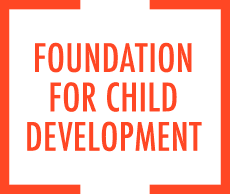https://www.fcd-us.org/early-academic-achievement-of-hispanics-in-the-united-states-implications-for-teacher-preparation/
Hispanics account for over one-fifth of newborns in the United States, and Hispanic children, on average, achieve at much lower levels from kindergarten forward than the non-Hispanic white majority and Asian Americans. Thus one of the most important educational challenges for the U.S. is to increase markedly the percentage of Hispanic children who enter kindergarten ready for school. Given that the early childhood years provide possibly the best window for improving academic trajectories for Hispanic children, this paper describes what is currently known about and offers recommendations to expand and improve early childhood education for Hispanics, including the preparation of teachers who serve these children. The three broad purposes of this paper are: 1) to describe what is currently known about early childhood education for Hispanic children in the United States; 2) to describe the educational background of pre-k teachers considering the finding that teacher education is a predictor of high quality pre-k programs; and 3) to suggest what might be done to expand and improve early childhood education, including the education of early childhood teachers, in ways that will help more Hispanic children become well prepared to start school and, subsequently, to be academically successful during the primary grades.
This paper focuses on Hispanic children from infancy through the third grade, roughly 0-8 years of age, and the educational background of their teachers. We begin with a review of academic achievement patterns of U.S. children in kindergarten through third grade. Then we review information on how much high quality preschool programs are able to improve the school readiness of young children. We also explore the required educational credentials for pre-k teachers and their actual educational backgrounds. The final section makes recommendations on how to better prepare future educators of young Hispanic children.
